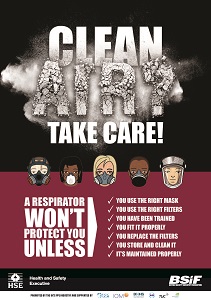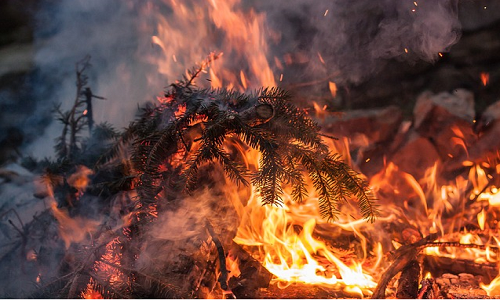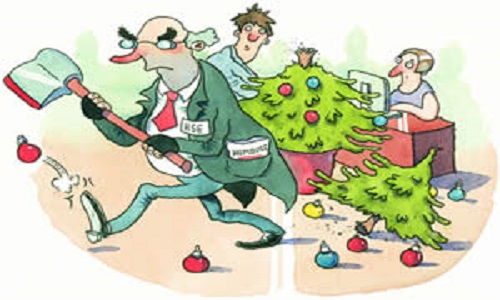Woman whose hair was ripped from her scalp during a corn-eating challenge releases video of herself pulling on her remaining locks to prove it WAS real – after sceptics point out she ‘barely reacted’
- A woman from China spectacularly failed at the ‘corn drill challenge’
- A lock of her hair was caught in the rotating drill and is torn from her scalp
- She barely made a sound as the challenge went horribly wrong
- She was attempting to eat a cob of corn in under ten seconds using a drill
- The woman has since released videos to prove the accident was not staged
- In one video the woman appears to be receiving medical treatment
Read more and view video: http://www.dailymail.co.uk/news/article-3584088/Woman-hair-ripped-scalp-corn-eating-challenge-releases-video-receiving-medical-treatment-prove-accident-real-sceptics-point-barely-reacted.html#ixzz4YYZZWSeH









